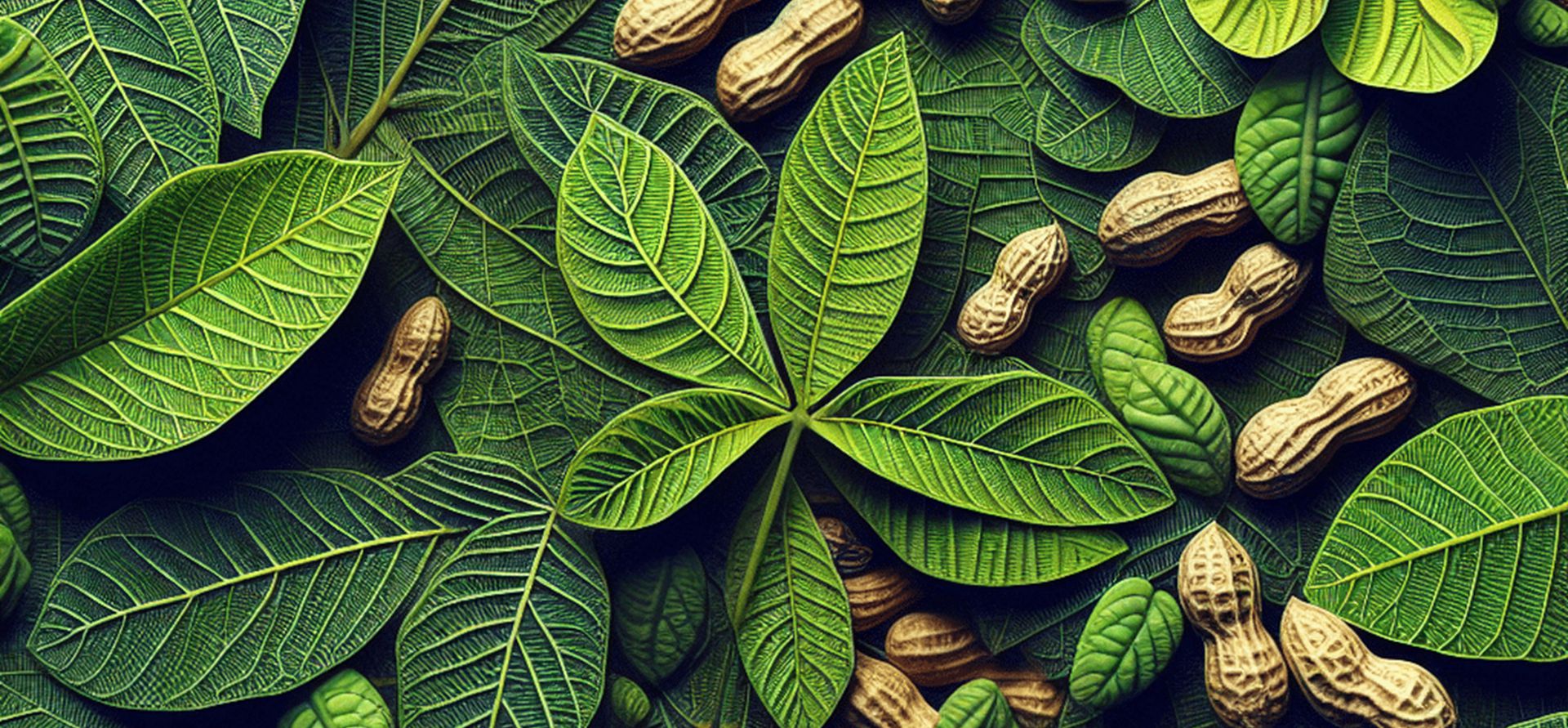Pepper Diseases: Start spraying at the early stage of disease occurrence, every 7-10 days, for 3-5 times to effectively control anthracnose, downy mildew, blight, and black spot. Generally, use 120-160 g of 80% WP or 80% WG or 75% WG per acre per application; or 130-180 g of 70% WP; or 180-240 g of 50% WP; or 150-180 ml of 430 g/L SC or 40% SC; or 200-250 ml of 30% SC, evenly sprayed with 45-60 kg of water.
Celery Leaf Spot and Blight: Start spraying when the first spots appear in the field, every 7-10 days, for 2-4 times. Generally, use 70-100 g of 80% WP or 80% WG or 75% WG per acre per application; or 80-100 g of 70% WP; or 100-140 g of 50% WP; or 80-120 ml of 430 g/L SC or 40% SC; or 120-160 ml of 30% SC, evenly sprayed with 30-45 kg of water.
Cruciferous Vegetable Diseases: Start spraying at the early stage of disease occurrence, every 7-10 days, for 2-3 times to effectively control downy mildew, white rust, anthracnose, black spot, and white spot diseases. The application rates for mancozeb are the same as for "Celery Leaf Spot."
Asparagus Stem Blight and Rust: Start spraying at the early stage of disease occurrence, every 7-10 days, for 3-5 times. The application rates for mancozeb are the same as for "Celery Leaf Spot."
Chinese Yam Anthracnose and Leaf Spot: Start spraying at the early stage of disease occurrence or when the first spots appear in the field, every 10 days, for 5-7 times. Generally, use 120-160 g of 80% WP or 80% WG or 75% WG per acre per application; or 120-180 g of 70% WP; or 150-200 g of 50% WP; or 150-200 ml of 430 g/L SC or 40% SC; or 200-250 ml of 30% SC, evenly sprayed with 45-75 kg of water.
Peanut Leaf Spot and Rust: Start spraying at the early stage of disease occurrence or at the pegging stage, every 10 days, for 2-4 times. Generally, use 70-90 g of 80% WP or 80% WG or 75% WG per acre per application; or 80-100 g of 70% WP; or 100-130 g of 50% WP; or 80-100 ml of 430 g/L SC or 40% SC; or 120-150 ml of 30% SC, evenly sprayed with 30-45 kg of water.

Soybean, Mung Bean, and Other Legume Diseases: Start spraying at the early stage of disease occurrence, every 10 days, for about 2 times to effectively control anthracnose, purple spot, and rust diseases. The application rates for mancozeb are the same as for "Peanut Leaf Spot."
Tobacco Diseases: Start spraying at the early stage of disease occurrence, every 10 days, for 2-4 times to effectively control anthracnose, brown spot, and black shank diseases. When controlling black shank, focus on spraying the lower parts of the plant stem. Generally, use 100-150 g of 80% WP or 80% WG or 75% WG per acre per application; or 120-180 g of 70% WP; or 170-220 g of 50% WP; or 150-180 ml of 430 g/L SC or 40% SC; or 200-250 ml of 30% SC, evenly sprayed with 45-60 kg of water.
Lawn Diseases: Start spraying at the early stage of disease occurrence, every 7-10 days, for 2-3 times to effectively control brown patch, dollar spot, spot diseases, snow mold, rust, and red thread diseases. Generally, use 100-150 g of 80% WP or 80% WG or 75% WG per acre per application; or 120-180 g of 70% WP; or 150-200 g of 50% WP; or 120-150 ml of 430 g/L SC or 40% SC; or 150-200 ml of 30% SC, evenly sprayed with 45-60 kg of water. 、
Ginseng Diseases: Start spraying at the early stage of disease occurrence, every 10 days, for 3-5 times to effectively control anthracnose, blight, and leaf spot diseases. Generally, use 120-150 g of 80% WP or 80% WG or 75% WG per acre per application; or 120-160 g of 70% WP; or 150-200 g of 50% WP; or 130-180 ml of 430 g/L SC or 40% SC; or 180-220 ml of 30% SC, evenly sprayed with 45-60 kg of water. Panax Notoginseng Blight and Leaf Spot: Start spraying at the early stage of disease occurrence, every 7-10 days, for 2-4 times. The application rates for mancozeb are the same as for "Ginseng Diseases."
Precautions: Mancozeb should not be mixed with copper-based products or alkaline agents or fertilizers. Spraying must be uniform and thorough. When applying repeatedly, it is best to alternate or mix with corresponding curative agents to enhance control efficacy. Ordinary mancozeb should be used cautiously on young leaves and fruits of some fruit trees to avoid phytotoxicity, especially when producing high-quality premium fruits. During high-temperature and rainy seasons, spray intervals should be shortened appropriately; during dry seasons with little rain, intervals can be extended appropriately.


